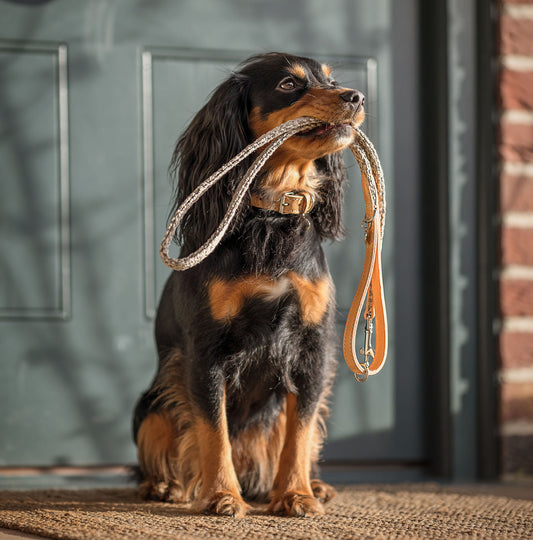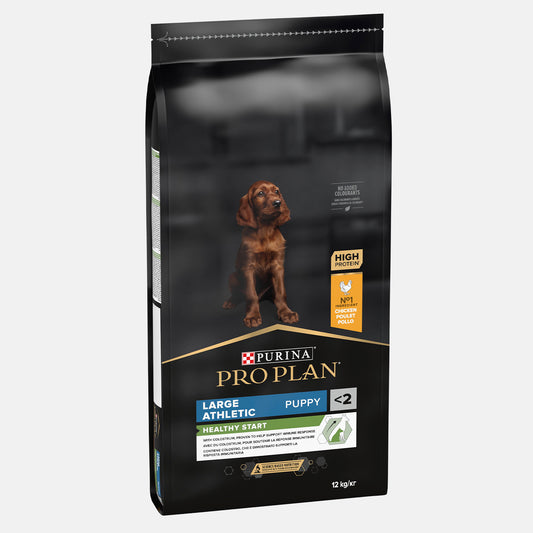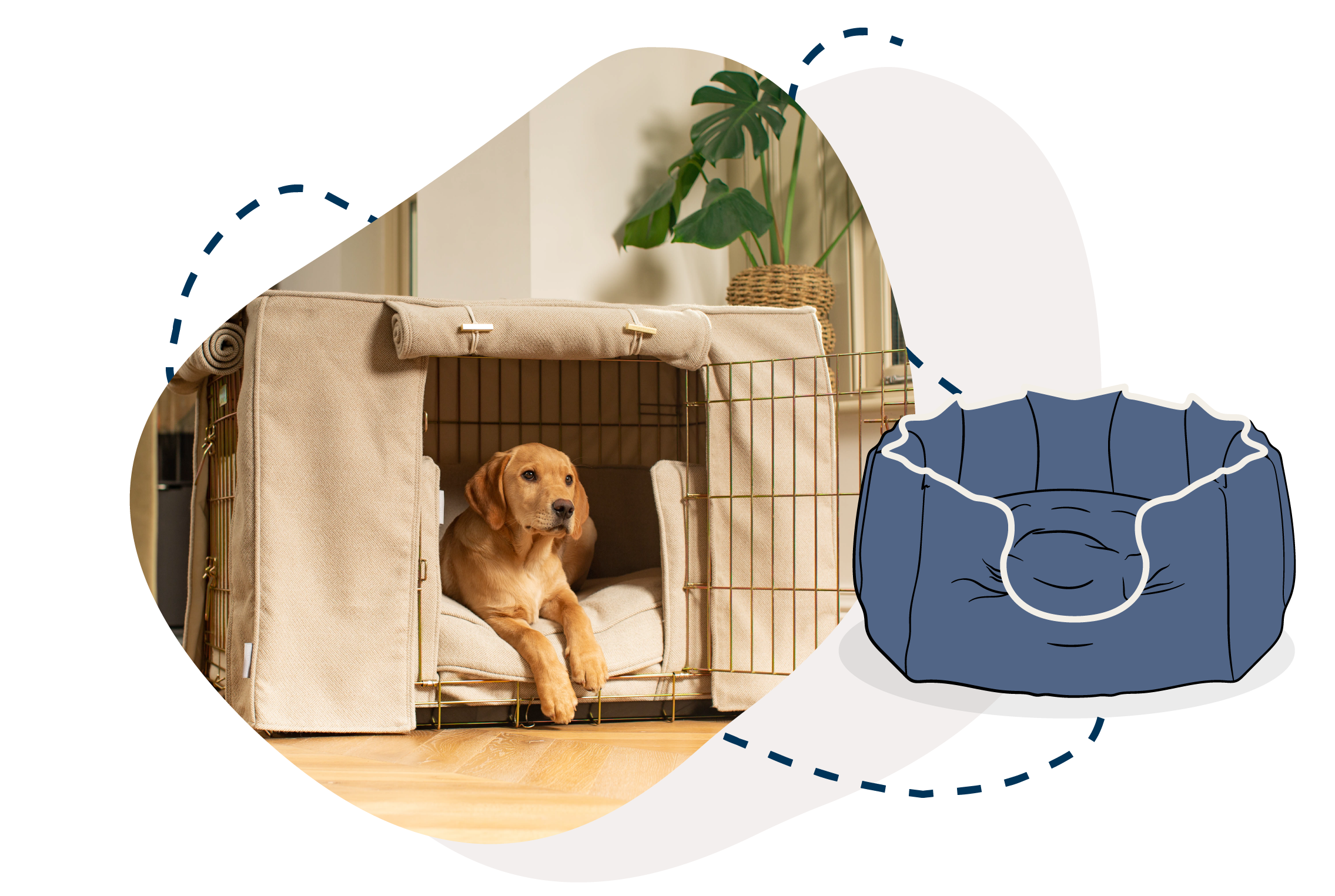
Understanding Your Dog's Body Language
Dogs are incredibly expressive creatures, using their body language to communicate their feelings, needs, and even warnings. Whether you’re a new dog owner or have been sharing your life with dogs for years, reading dog body language is essential for strengthening your bond and ensuring their well-being. In this guide, we'll explore the key signs of canine body language, from relaxed and happy signals to stressed and aggressive body postures. By understanding your dog’s body behaviour, you’ll be better equipped to respond appropriately and create a trusting relationship with your furry companion. 1. Dog Relaxed Body Language: Signs of a Happy Pup A relaxed and content dog is easy to spot when you know what to look for. These are the key indicators of a dog in a calm and happy state: Loose, wagging tail – A gently wagging tail at a medium height is a sign of happiness. The faster and more enthusiastic the wag, the more excited they are. Soft eyes and relaxed ears – A happy dog’s eyes will be slightly squinted or almond-shaped, and their ears will rest naturally. Loose, wiggly body – A relaxed dog moves fluidly, with no stiffness in their posture. Play bow – When a dog lowers their front legs and keeps their rear up in the air, it’s an invitation to play! 2. Dog Submissive Body Language: Understanding Respect and Deference Dogs use submissive body language to show deference, avoid conflict, or express trust. While submission isn’t necessarily a bad thing, frequent or extreme submission can indicate anxiety. Exposed belly – Rolling over to show their stomach is a sign of submission or trust. Tucked tail – A tail tucked between the legs can indicate submission or nervousness. Averted gaze – Looking away from another dog or person is a sign of non-aggression and submission. Licking lips or nose – A dog licking their lips when not eating is often showing submissiveness or appeasement. 3. Stressed Dog Body Language: Recognising Anxiety and Discomfort Just like humans, dogs experience stress. Recognising these signs can help you intervene before your dog becomes overwhelmed. If your dog frequently exhibits these behaviours, consider reading our guide on how to support a dog with anxiety. Panting when not hot – Excessive panting can be a stress response. Yawning when not sleepy – Dogs yawn to release stress and tension. Pacing or restlessness – Repetitive movement or difficulty settling can indicate anxiety. Whale eye – When a dog shows the whites of their eyes, it’s often a sign of stress or discomfort. 4. Aggressive Dog Body Language: Warning Signs to Watch For Aggression in dogs is often a last resort when they feel threatened or cornered. It’s important to recognise these warning signals early: Stiff, rigid posture – A dog standing tall and stiff is showing a sign of dominance or aggression. Ears pinned back or forward – Pinned-back ears may indicate fear-based aggression, while forward-facing ears show assertiveness. Growling or baring teeth – These are clear warnings that a dog feels threatened and may escalate to biting if ignored. Raised hackles – The hair along a dog’s back standing up is a sign of arousal, fear, or aggression. If your dog frequently exhibits aggressive behaviour, it’s important to assess their environment, training, and triggers. It’s worth consulting a behaviourist or your vet early when your dog starts displaying these behaviours so you can get to the root of the problem before it escalates. Dog Language Tail: What Does a Wag Really Mean? A dog’s tail is one of the most expressive parts of their body, but tail wagging doesn’t always mean they’re happy. Slow wag with stiff posture – This may signal caution or uncertainty. Low, fast wag – A sign of nervous excitement or submission. High, rigid wag – This can indicate alertness or potential aggression. Full-body wag – A relaxed, wiggly wag often means excitement and happiness! Communication Dog Body Language: How Dogs Interact with Humans and Other Dogs Dogs communicate differently with people and fellow canines. Understanding these nuances can help prevent misinterpretations. Leaning into you – A sign of affection, trust, or seeking comfort. Paw lift – In some breeds, a raised paw indicates curiosity or focus. Jumping up – While often seen as excitement, jumping can also be a sign of seeking attention or dominance. Mouthing – Light nibbling can be playful, but if firm, it may be a sign of overstimulation or frustration. How to Support Your Dog’s Emotional Well-being Ensuring your dog feels safe and understood is key to a strong relationship. If you notice frequent signs of stress or anxiety, consider checking out our guide on dog depression and how to keep your dog happy and healthy. At Lords & Labradors, we offer a range of calming dog essentials, including cosy beds, anxiety-relief toys, and interactive games to keep your pup mentally stimulated and content. Final Thoughts Reading dog body language is a skill that improves with time and observation. By paying attention to your dog’s body posture, tail movements, and facial expressions, you’ll develop a deeper understanding of their emotions and needs. Whether your dog is relaxed, excited, stressed, or showing signs of aggression, being able to interpret their signals allows you to respond appropriately and strengthen your bond. Explore our range of anxious dog essentials at Lords & Labradors to ensure your pup feels happy, safe, and understood!































































































































